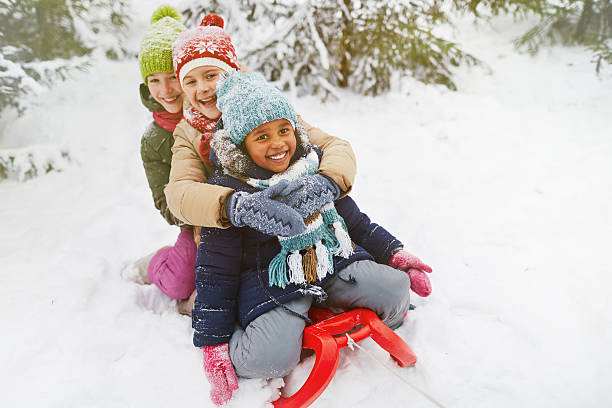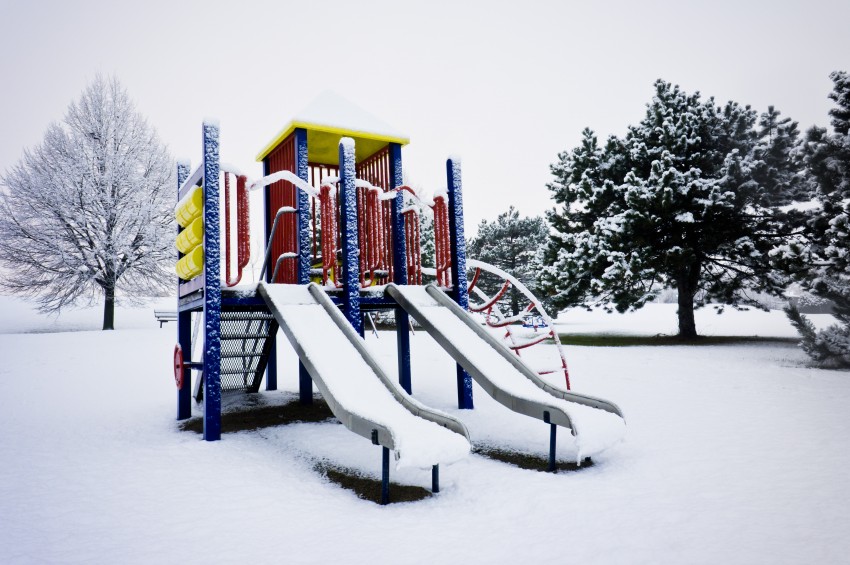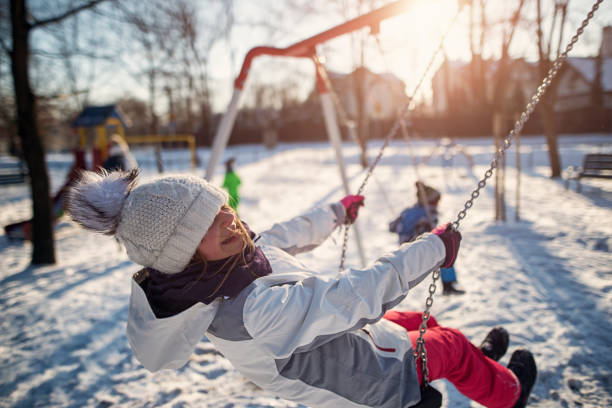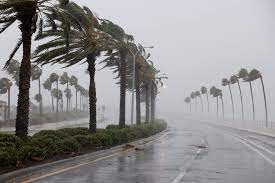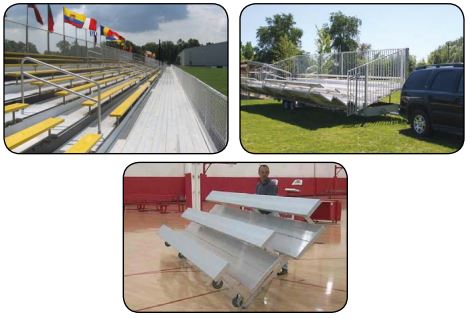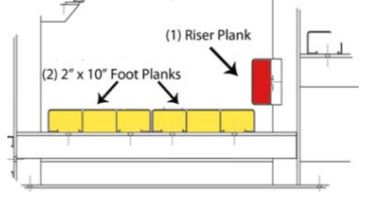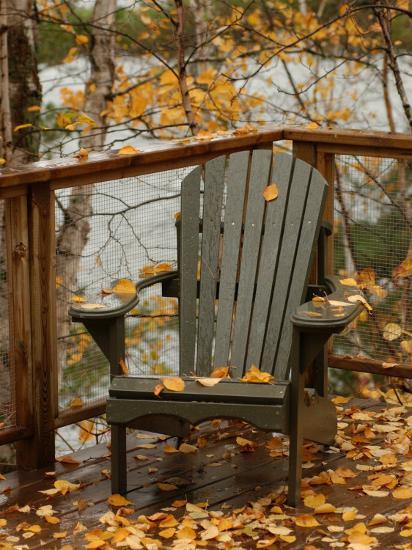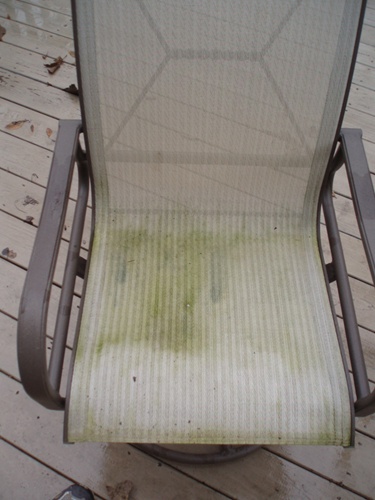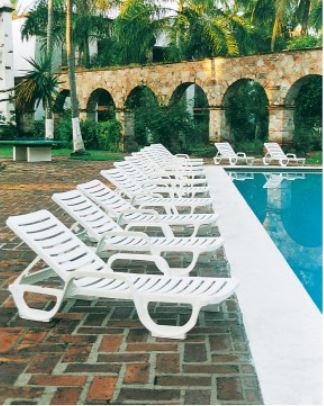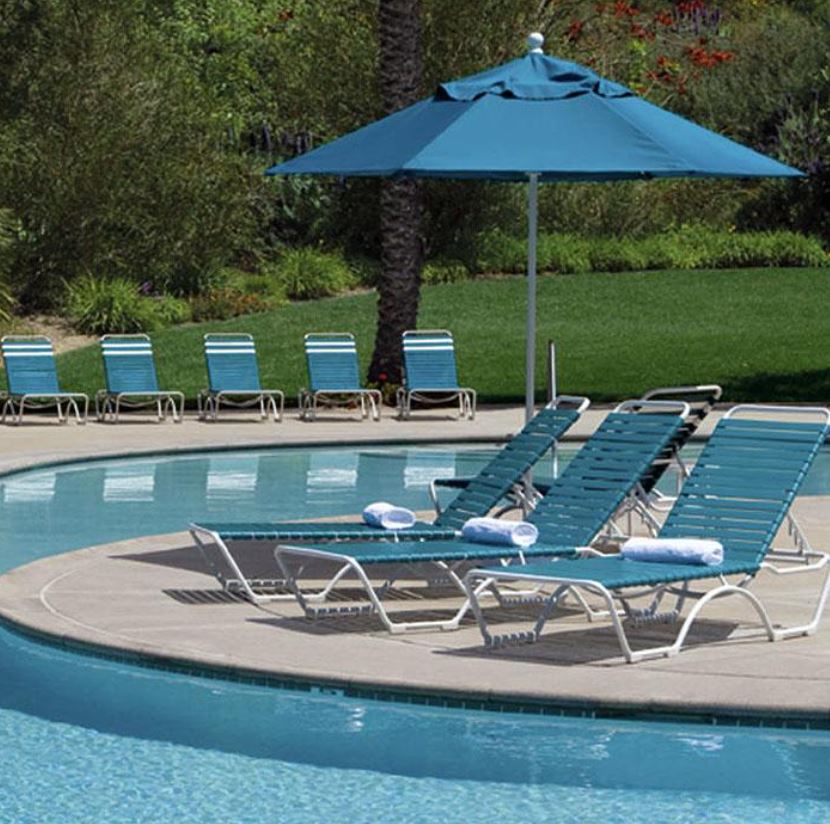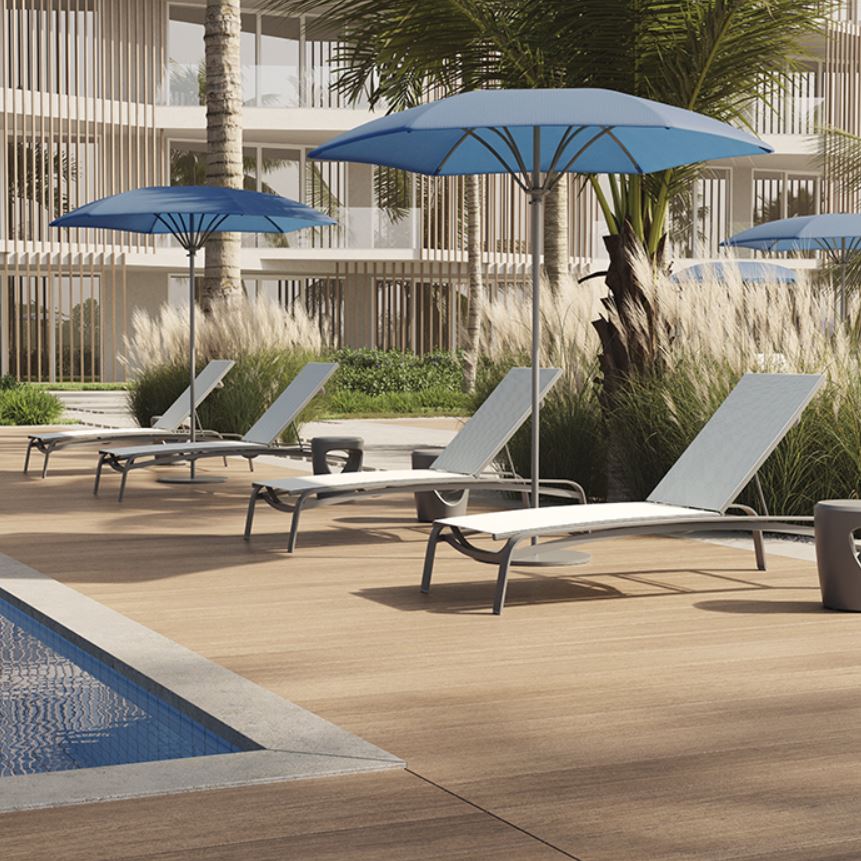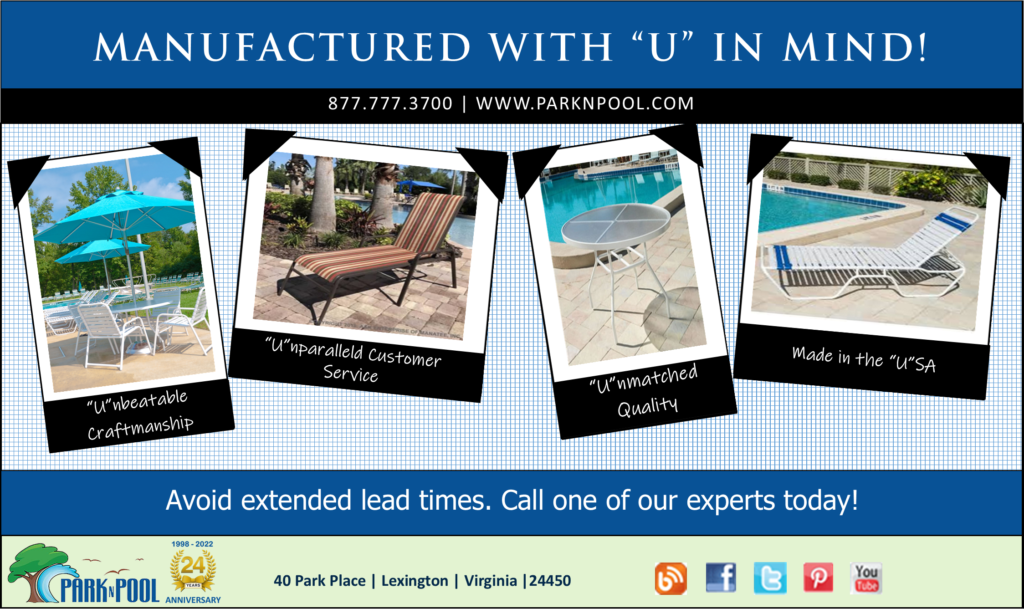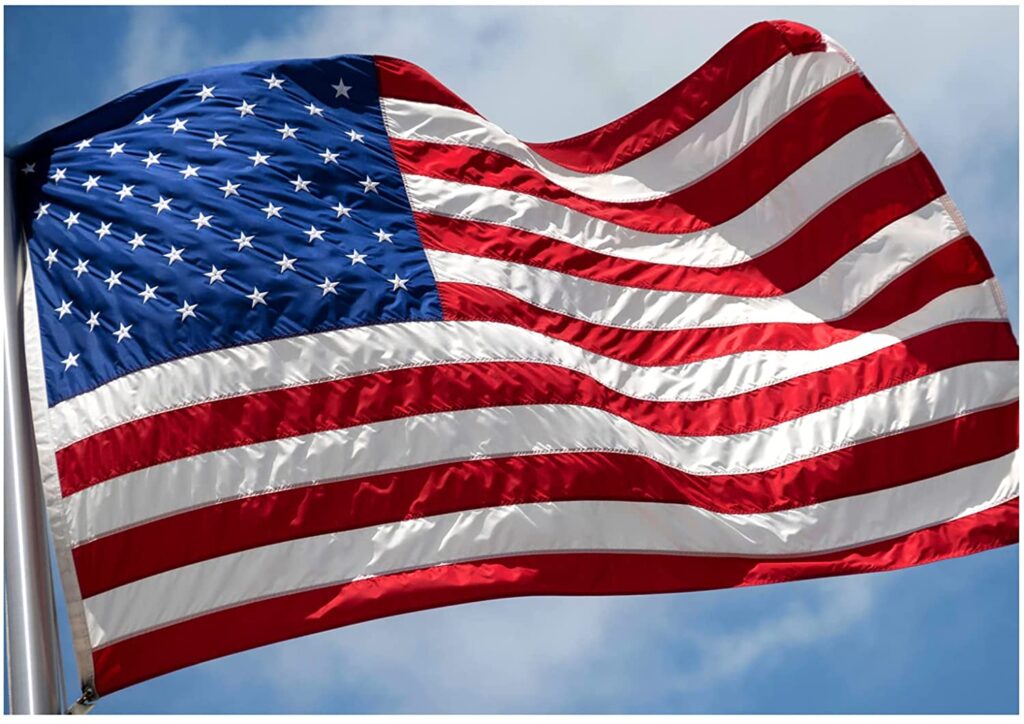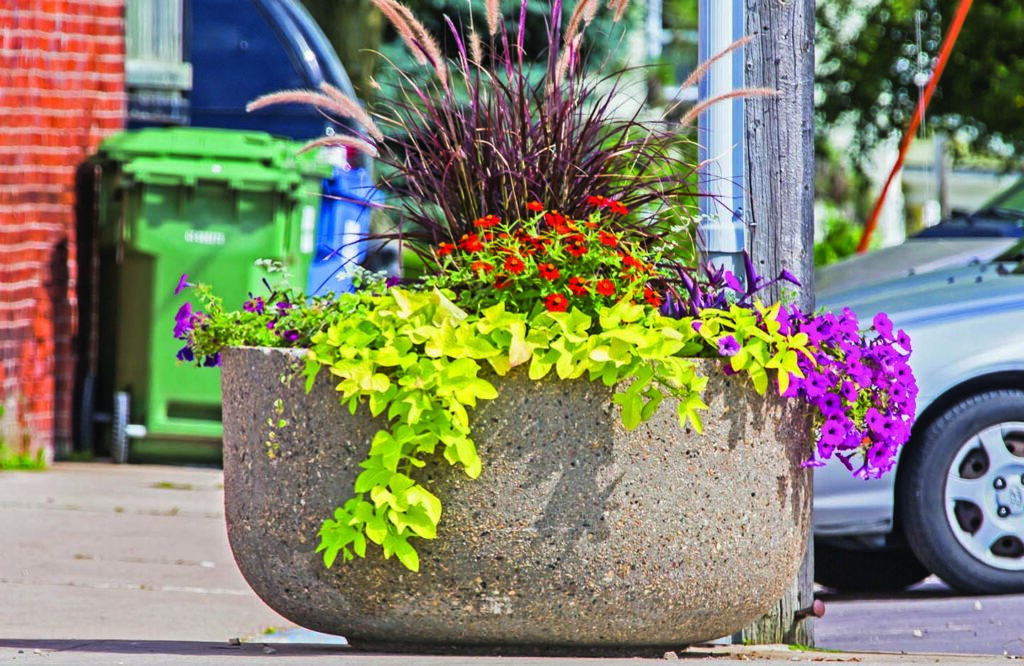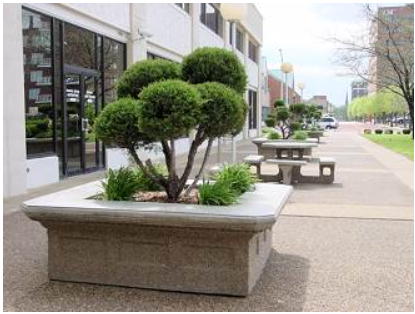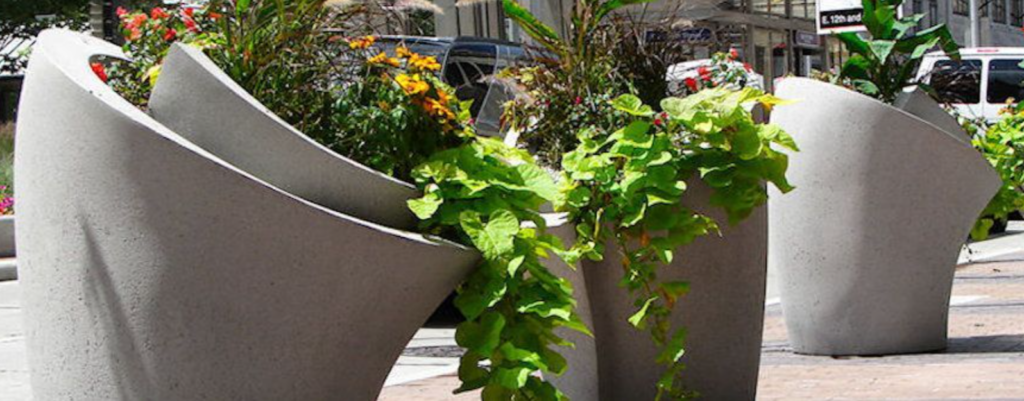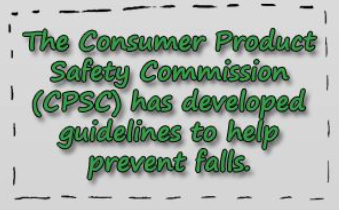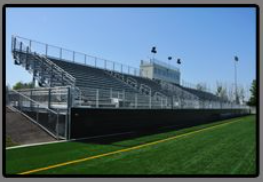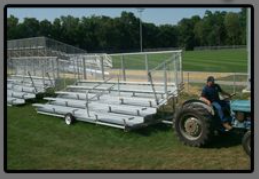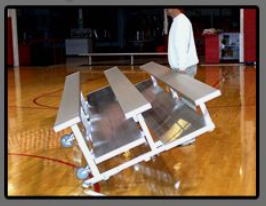Ensuring your community stays clean and beautiful is easier than you think. Keeping trash out of parks and off roads is just the beginning. Graffiti, cigarette litter and overflowing landfills are also menacing problems.
There are simple steps you and your community can take to clean and maintain the beauty of your community, park, school or apartment complex.
If your community has fallen into a trash mess, organize a group of volunteers and have a community clean-up event. Make a day of it to promote community care! Find local sponsors and educational partners.
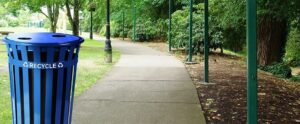
There are numerous organizations that your community can pair with to help clean-up a neighborhood or park. Keep America Beautiful is a networking organization that has over 1,200 local affiliates in communities across America. KAB.org “believes that each of us hold an obligation to preserve and protect our environment…through our everyday choices and actions.” They bring business, citizens and governments together to find solutions to reducing waste and litter as well as beautifying communities.
Helpful Tips for Organizing a Clean-Up:
- Partner with local partners or a national organization.
- Spread the word with local media – email campaigns, social media, radio, print advertisements, etc.
- Make the event fun – have games, provide snacks and giveaways.
A great way to prevent your community from being trashed is to provide the appropriate trash receptacles in and around buildings, parks, apartment homes and pedestrian streets. This will prevent unwanted litter and debris from being scattered around. The closer together receptacles are to each other, the higher the chance of people throwing away their garbage.
1,609lbs of trash is produced by EACH American EVERY year!
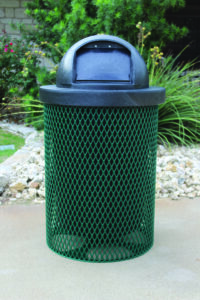
Providing dog owners with pet waste disposal stations dramatically decreases the amount of unwanted feces in communities. Pet stations scattered throughout communities and parks places the responsibility on pet owners to clean up after their pets.
About 4,000 tons of pet waste is produced EACH DAY!
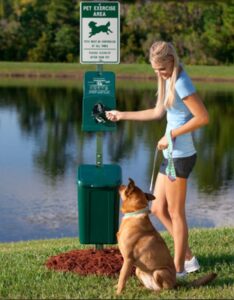
There are a few preventative measures you can take if graffiti is a menacing issue of your neighborhood, apartment community or park area. Unless you have a security system in place, it is hard to catch the culprit in the act. Choosing furniture from which spray paint can be easily removed – such as recycled plastic, plastisol or thermoplastic coated – is one of the best measures to take. it won’t stop the taggers from attacking, however it will save money on replacement furniture.
Minimizing the carbon footprint left behind goes far beyond recycling. Reducing unnecessary waste, recycling, energy conservation, and carpooling are effective ways to minimize what is left behind. Here are a few things that reduce the carbon footprint:
- Ditch bottle water: Encourage citizens to fill reusable water bottles from water stations or fountains.
- Promote recycled: Set up curbside pick-up recycling cartons for your community and place recycling bins around parks, housing communities, schools and other public areas.
- Unplug it: Promote citizens to unplug appliances, cell phones and laptop chargers or any other electronic item when not in use.
- Carpool or use bikes: Placing bike racks in and around communities increases bike use. Create a message board where community members can post ride share information.
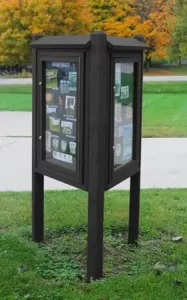
The national recycling rate is only 34% annually. Recycling reduces what ends up in landfills, reduces water pollution, creates jobs in communities, saves trees and protects wildlife habitats. Simple steps can be taken to promote recycling within a community that will have a lasting effect on everyone. Whenever possibly, buy products manufactured with recycled materials. Even picnic tables, park benches, recycling receptacles and message centers can be manufactured from recycled materials. It takes 3,400 milk jugs to make a 6′ park bench and 6,300 milk jugs to make a 6′ picnic table.
The greenhouse gas emissions avoided by recycling is equivalent to taking 36 million cars off the road each year!
Recycling one aluminum can saves enough electricity to run a TV for 3 hours!
Recycling one glass bottle or jar saves enough electricity to light a 100-watt bulb for 4 hours!
Americans use 20,000,000 aluminum cans EVERY DAY!
Planting flowers and trees do a lot more than just make a space beautiful and full of vibrant colors. Having plants regulates air quality, protects water quality, reduces erosion, lightens people’s mood and provides natural habitats air quality, protects water quality, reduces erosion, lightens people’s mood and provides natural habitats for local wildlife. Gardens have been proven to relieve stress and generally make people feel better.
In a study done by Kathleen Wolf at the University of Washington’s College of Forest Resources, areas with a well maintained street scape or garden attract more visitors because it gives the space a sense of purpose. Consumers spent 9-12% more in landscaped areas versus areas with no landscaping.
Integrating difference size planters around your space is a great way to bring color and natural beauty to your area. Bring the outdoors inside and plant oversize plants indoors!
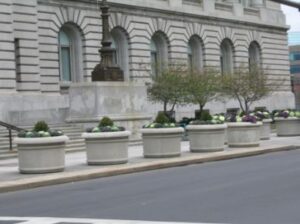
Buying recycled plastic benches, picnic tables, receptacles and other environmentally friendly products has never been easier! Simply visit our website www.parknpool.com or, if you prefer, give us a call at 877.777.3700 and talk to one our account managers. We take pride in being able to offer so many great products that can make a difference to our planet’s well-being. If you are interested in seeing more of what we have to offer, give us a call or visit us online today!

ParknPool | Lexington, VA | sales@parknpool.com | 877.777.3700
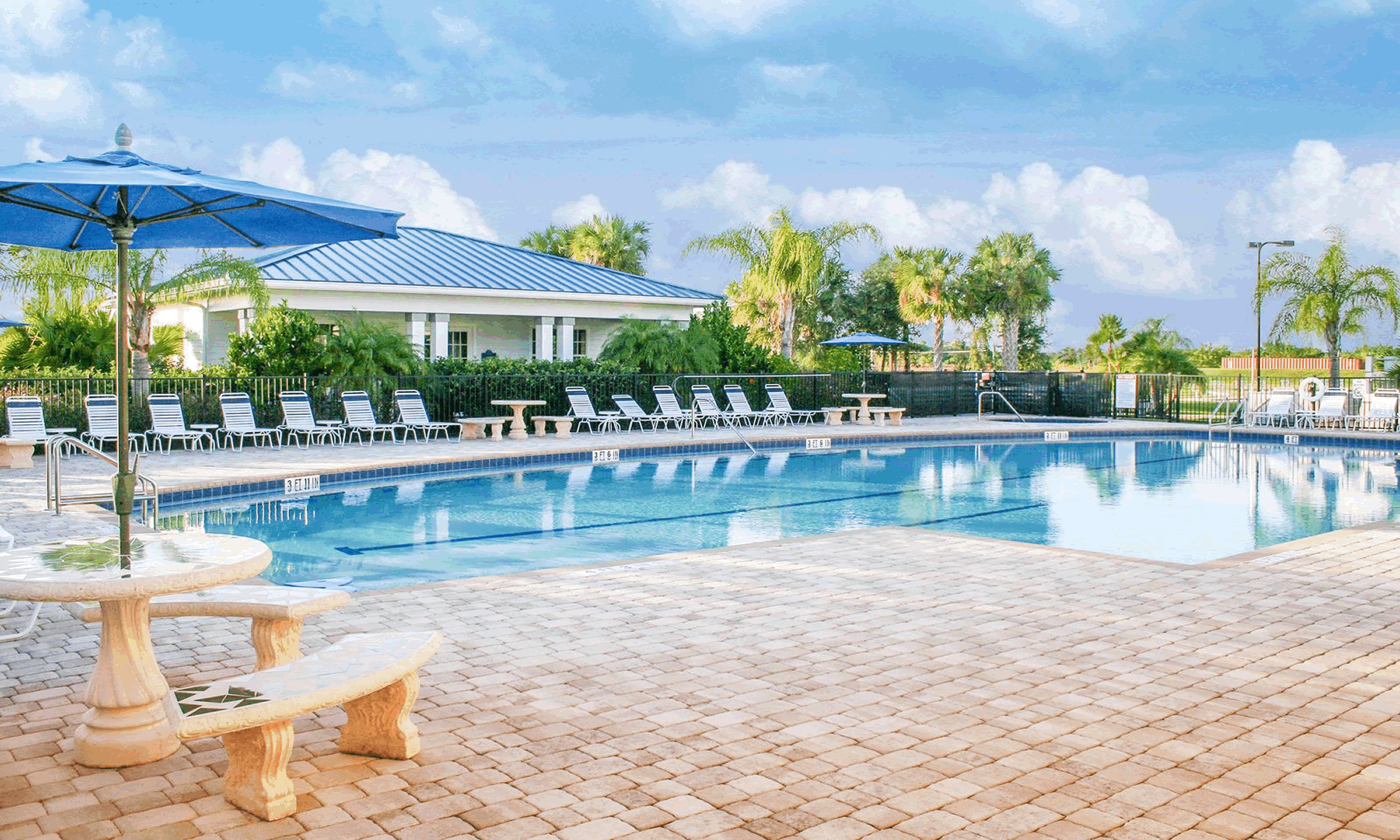

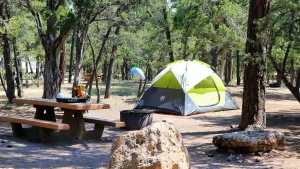 Picnic Tables: While many travelers and campers bring their own grill or stove, few actually carry a
Picnic Tables: While many travelers and campers bring their own grill or stove, few actually carry a 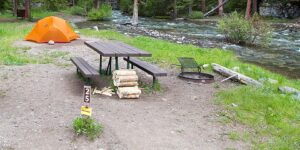 Grills and Fire Rings: Fire rings are essential at camp sites because they reduce fire hazards and make maintenance easier. Since, in most areas, evening use is not encouraged at picnic arears, fire rings are generally not necessary there.
Grills and Fire Rings: Fire rings are essential at camp sites because they reduce fire hazards and make maintenance easier. Since, in most areas, evening use is not encouraged at picnic arears, fire rings are generally not necessary there. 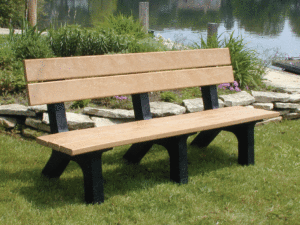 The Story: After reading the morning paper, Old Man Thomas always takes “Roscoe” for a walk. They’ve been doing this since Mr. Thomas retired almost 10 years ago. The fall is their favorite time of the year to walk, the old man finds the leaves beautiful and it’s a little bit easier for “Roscoe” to stand the weather. You see, “Roscoe” has developed arthritis in his hind quarters do to his old age. Cold weather causes it to flare up and the heat is just too much for an old dog to handle. Mr. Thomas’ favorite poet is Edgar Allen Poe and on their morning strolls he may quote a little from one of his favorite poems while “Roscoe” listens in closely: “In visions of the dark night I have dreamed of joy departed but a waking dream of life and light hath left me broken-hearted.”
The Story: After reading the morning paper, Old Man Thomas always takes “Roscoe” for a walk. They’ve been doing this since Mr. Thomas retired almost 10 years ago. The fall is their favorite time of the year to walk, the old man finds the leaves beautiful and it’s a little bit easier for “Roscoe” to stand the weather. You see, “Roscoe” has developed arthritis in his hind quarters do to his old age. Cold weather causes it to flare up and the heat is just too much for an old dog to handle. Mr. Thomas’ favorite poet is Edgar Allen Poe and on their morning strolls he may quote a little from one of his favorite poems while “Roscoe” listens in closely: “In visions of the dark night I have dreamed of joy departed but a waking dream of life and light hath left me broken-hearted.”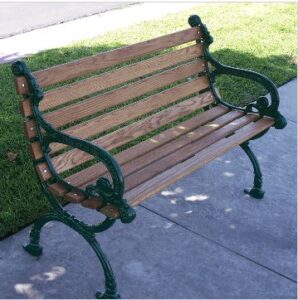 The Story: Jerry and his daughter’s boyfriend, Kirk, have decided to spend a weekend together fishing on the lake. They’ve done it before and each trip is a memorable one but this particular weekend is going to be especially memorable. Kirk is about to pop the question to his girlfriend of 5 years and the purpose of this trip is to ask her father for his blessing.
The Story: Jerry and his daughter’s boyfriend, Kirk, have decided to spend a weekend together fishing on the lake. They’ve done it before and each trip is a memorable one but this particular weekend is going to be especially memorable. Kirk is about to pop the question to his girlfriend of 5 years and the purpose of this trip is to ask her father for his blessing.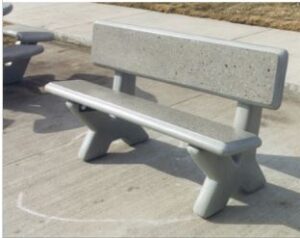 The Story: Since Kirsten was a year old she has watched “Snow White” 115 times, she just turned 3. She knows every word and can recite all 7 dwarfs with ease. She has wanted nothing more than to meet the princess that is plastered all over her bedroom walls. Her parents, who both work full-time jobs, had to save up the money to take little Kirsten to Disney World and they finally got the chance to make the trip. When Kirsten spotted Snow White with one of her dwarfs, she broke loose from her mother’s tight grip to be sure not to miss her chance. After this meeting, Kirsten was chosen to be princess for the day. She rode in the parade and waved at the other park visitors. This was the day she realized that no dream is too big.
The Story: Since Kirsten was a year old she has watched “Snow White” 115 times, she just turned 3. She knows every word and can recite all 7 dwarfs with ease. She has wanted nothing more than to meet the princess that is plastered all over her bedroom walls. Her parents, who both work full-time jobs, had to save up the money to take little Kirsten to Disney World and they finally got the chance to make the trip. When Kirsten spotted Snow White with one of her dwarfs, she broke loose from her mother’s tight grip to be sure not to miss her chance. After this meeting, Kirsten was chosen to be princess for the day. She rode in the parade and waved at the other park visitors. This was the day she realized that no dream is too big.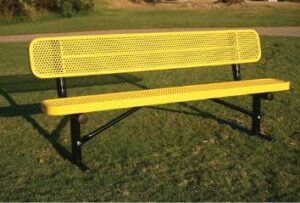 The Story: Sue has taken her daughter to this same playground for 4 years but could never get Carrie to slide down the slide. Carrie has always been afraid of what awaits at the bottom, even if her mother’s arms were always waiting to catch her. This is the first time little Carrie has gotten up the nerve to climb up the ladder and take the plunge to the bottom. She never knew it could be so fun! Now Sue can’t keep her off the slide, everyday when she is picked up from Kindergarten she HAS to stop by the playground to take a few turns sliding down the slide into her mother’s waiting arms.
The Story: Sue has taken her daughter to this same playground for 4 years but could never get Carrie to slide down the slide. Carrie has always been afraid of what awaits at the bottom, even if her mother’s arms were always waiting to catch her. This is the first time little Carrie has gotten up the nerve to climb up the ladder and take the plunge to the bottom. She never knew it could be so fun! Now Sue can’t keep her off the slide, everyday when she is picked up from Kindergarten she HAS to stop by the playground to take a few turns sliding down the slide into her mother’s waiting arms.